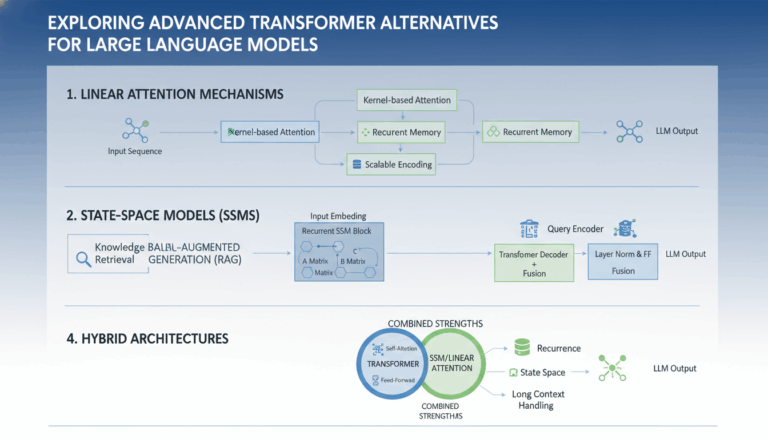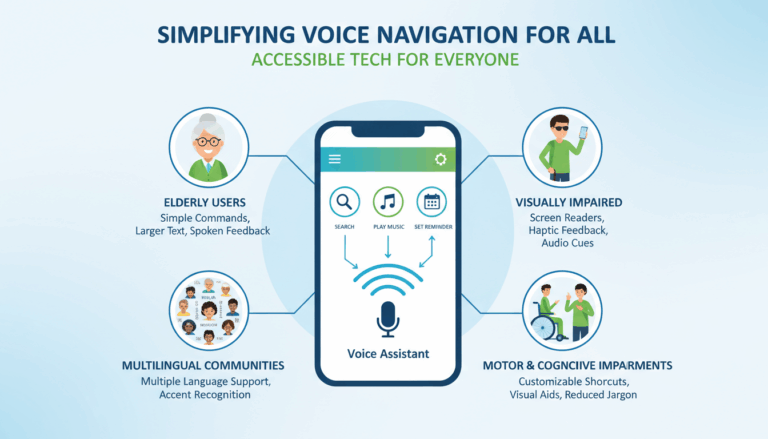Spatial encoding is a crucial concept in convolutional neural networks (ConvNets or CNNs), forming the backbone of how these models interpret and understand image data. If you’ve ever wondered how machines make sense of the pixels in a photo or a frame in a video, this post will help unravel the mystery, using real-world analogies and actionable insights.
What is Spatial Encoding in ConvNets?
Spatial encoding refers to the process by which the convolutional layers in CNNs capture information about the spatial arrangement of pixels—essentially, how features like edges, textures, and shapes are distributed across an image. Unlike fully connected neural networks, ConvNets utilize local connections and shared weights to recognize spatial hierarchies, enabling powerful pattern detection in visual data.
How Do ConvNets Perform Spatial Encoding?
ConvNets use convolutional filters (kernels) that slide across the image and compute dot products. At each spatial location, these filters respond to specific patterns, such as horizontal or vertical edges. By stacking multiple layers, ConvNets can capture more complex spatial features as the network deepens.
- Local Receptive Fields: Each neuron in a convolutional layer looks at a small patch of the input image, preserving spatial locality. This means spatial information—where features occur in the image—is not lost.
- Weight Sharing: The same filters scan across the entire image, allowing the model to detect features regardless of their exact position. This is crucial for recognizing objects in different locations.
- Pooling: Pooling layers, such as max pooling, reduce spatial dimensions while retaining the most prominent features, further supporting spatial encoding by emphasizing high-level patterns.
Why is Spatial Encoding Important?
Spatial encoding underpins many real-world applications of ConvNets, from image classification to object detection, and even to medical image analysis. By learning spatial hierarchies, ConvNets can:
- Recognize objects regardless of their position within an image.
- Identify subtle patterns for tasks such as facial recognition or tumor detection.
- Enable performance gains in domains like autonomous driving and robotics.
You can learn more about the basics of ConvNets and spatial feature learning in Stanford’s CS231n course notes.
Advanced Techniques in Spatial Encoding
Modern architectures have introduced novel spatial encoding strategies, including:
- Spatial Pyramid Pooling (SPP): SPP enables fixed-size output from arbitrary-sized input images by pooling at multiple scales, retaining image context at different resolutions. Read the pioneering research paper for technical details.
- Dilated (Atrous) Convolutions: These expand the receptive field without increasing parameters, capturing multi-scale spatial relationships—a boon for image segmentation tasks. Explore more on arXiv.
- Positional Encoding: While common in transformer models, variants of positional encoding are increasingly applied in CNNs to further enrich spatial awareness. You can read more at Distill.pub.
Real-World Example: Image Classification
Consider an image of a cat. The initial layers in a ConvNet might detect lines and simple shapes, such as the outline of ears or whiskers (local features). Deeper layers combine these patterns into more abstract concepts—like a cat face or body shape—by leveraging spatial relations encoded in earlier layers. This stepwise abstraction enables accurate cat recognition, even when the animal is partially obscured or in a new background.
Best Practices for Enhancing Spatial Encoding
To make the most of spatial encoding in your own ConvNet projects, consider these steps:
- Use Deeper Architectures: Deeper networks can learn more refined spatial representations. For inspiration, review architectures like VGG or ResNet.
- Augment Data: Data augmentation techniques (rotation, flipping, cropping) help ConvNets generalize by exposing them to varied spatial arrangements, as explained in this Machine Learning Mastery guide.
- Experiment with Pooling Strategies: Besides max pooling, try average pooling or global pooling to optimize spatial information flow.
- Monitor Overfitting: Spatial encoding can sometimes memorize training data. Employ regularization (like dropout) and validation checks to prevent this.
Conclusion
Spatial encoding lies at the heart of ConvNets’ power. By smartly learning, preserving, and abstracting spatial relationships in visual data, CNNs excel at vision tasks that would otherwise be daunting for traditional models. As convolutional architectures evolve—incorporating innovations such as SPP and dilated convolutions—spatial encoding continues to drive breakthroughs in artificial intelligence.



